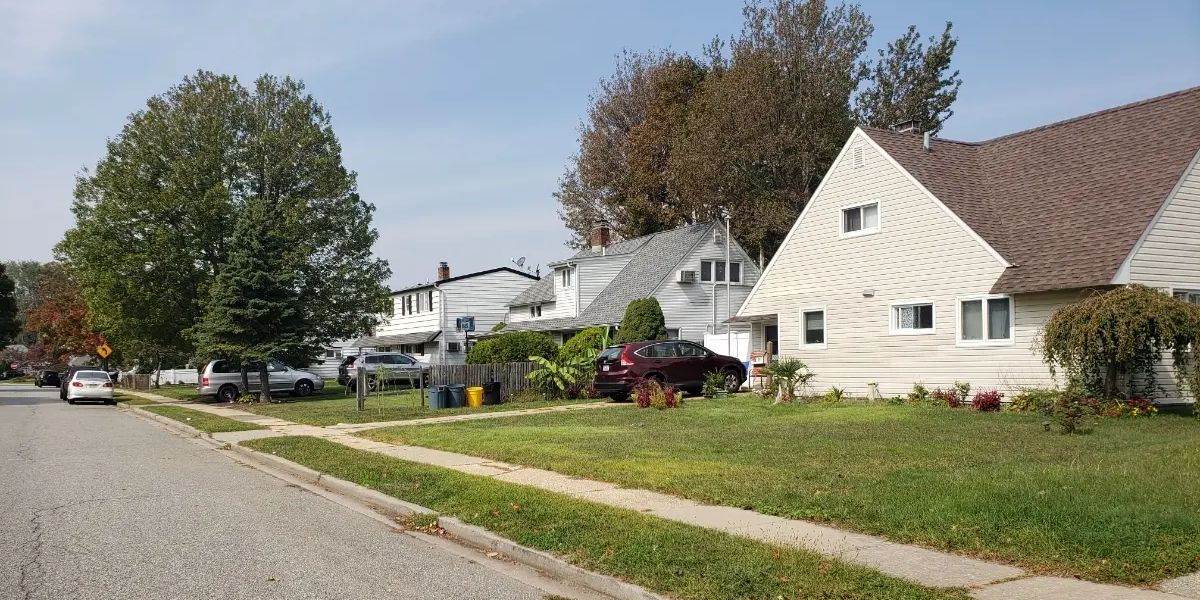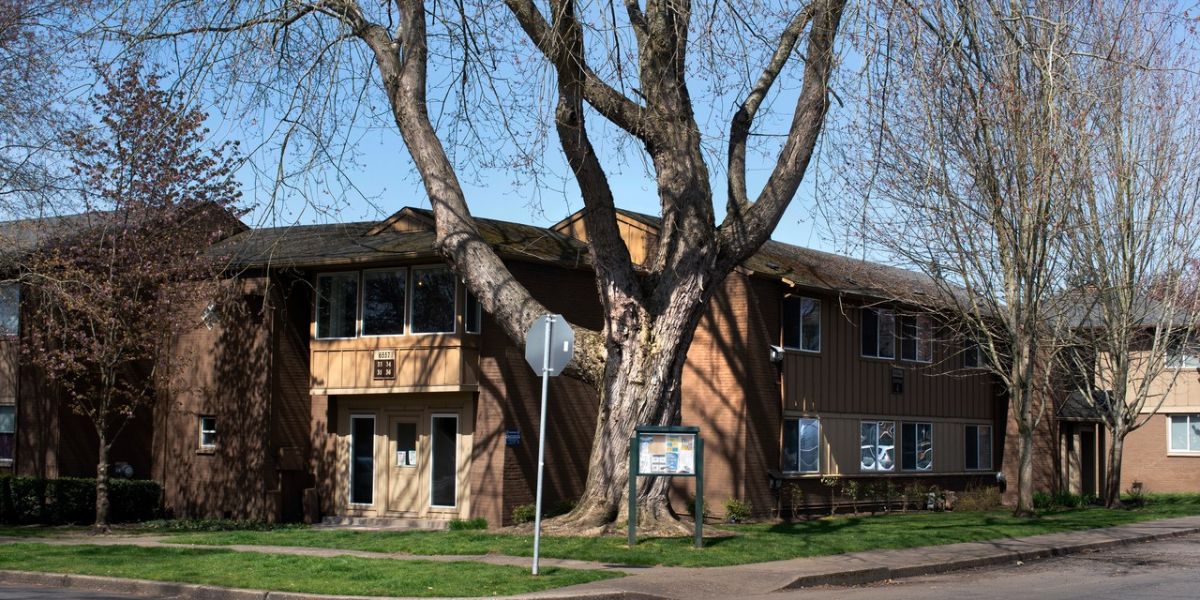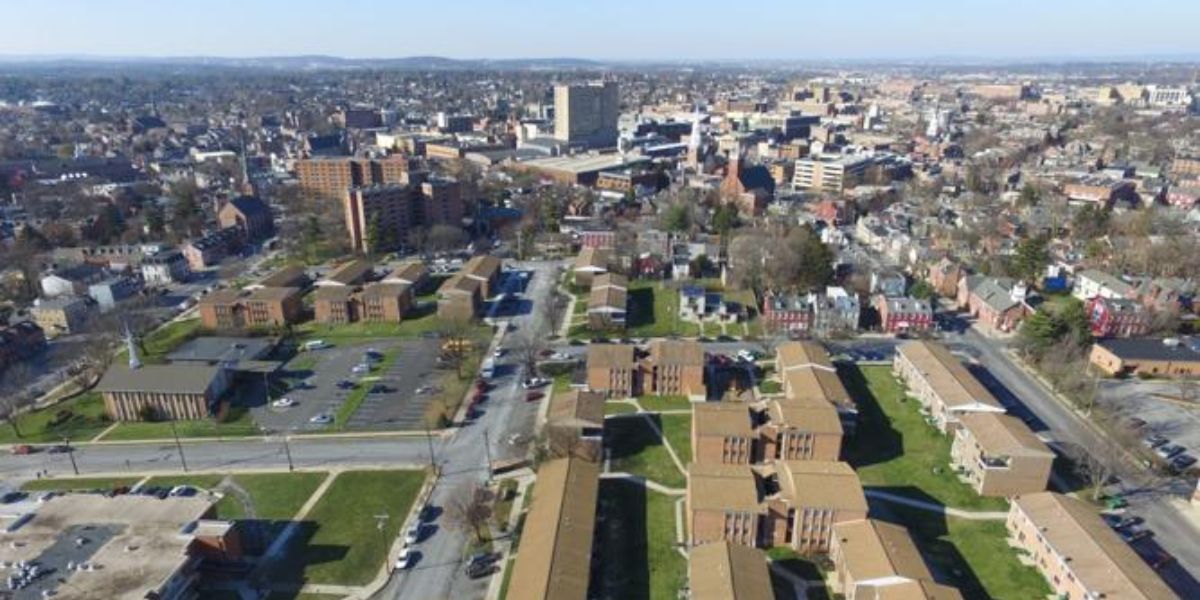Nassau County, New York, sits as an upscale suburban area nestled on Long Island, just east of the bustling metropolis of New York City. According to the 2020 census, Nassau County’s population reached 1,395,774, securing its position as the sixth most populous county in New York State.
Additionally, it stands as one of the nation’s top earners, boasting a median household income of $120,036 in 2020, significantly higher than both the state and national averages of $64,034 and $67,521, respectively.
Furthermore, the county maintains a low poverty rate, registering at just 5.8% in 2021, significantly lower than the state and national rates of 13.9% and 12.8%, respectively.
1. Roosevelt
- A median household income of $64,987, which is 45.9% below the county’s median and 3.8% lower than the national median.
- A poverty rate of 17%, nearly three times higher than the county average and more than one-and-a-half times higher than the national rate.
- An unemployment rate of 10%, exceeding both the county and national averages.
- An educational attainment rate of 82%, indicating that only about four-fifths of the adult population have completed high school or higher education.
2. Uniondale
- A median household income of $69,583, which falls 42% below the county median but is 4% higher than the national median.
- A poverty rate of 15%, approximately three times the county rate and more than one-and-a-half times the national rate.
- An unemployment rate of 9%, surpassing both county and national averages.
- An educational attainment rate of 77%, implying that only about three-fourths of the adult population have completed high school or higher education.
3. Inwood
- A median household income of $70,417, marking a 41.3% deficit compared to the county median but 4.3% higher than the national median.
- A poverty rate of 14%, nearly three times the county average and more than one-and-a-half times the national rate.
- An unemployment rate of 8%, exceeding both county and national averages.
- An educational attainment rate of 68%, revealing that only about two-thirds of the adult population have completed high school or higher education.
4. Elmont
- A median household income of $75,833, which represents a 36.8% shortfall compared to the county median but is 12.3% higher than the national median.
- A poverty rate of 11%, nearly twice the county rate but slightly lower than the national average.
- An unemployment rate of 7%, surpassing both county and national averages.
- An educational attainment rate of 84%, implying that only about four-fifths of the adult population have completed high school or higher education.
5. Westbury
Westbury, a village nestled in central Nassau County, near Carle Place and Hicksville, houses a diverse population of Hispanics, Blacks, Whites, and Asians. With a population of about 15,000, it faces considerable economic challenges, as reflected in ACS data, including:
- A median household income of $77,500, marking a 35.4% deficit compared to the county median but 14.8% higher than the national median.
- A poverty rate of 10%, nearly twice the county rate but slightly lower than the national rate.
- An unemployment rate of 6%, surpassing both county and national averages.
- An educational attainment rate of 79%, revealing that only about four-fifths of the adult population have completed high school or higher education.
Conclusion:
Nassau County, New York, shines as an affluent suburban county with a robust economy and high population density. However, disparities in income, poverty, unemployment, and education persist among its various neighborhoods. Some of the county’s most economically challenged areas include Roosevelt, Uniondale, Inwood, Elmont, and Westbury.
These communities grapple with multifaceted challenges, including low income, high poverty rates, elevated unemployment, limited educational attainment, and limited access to healthcare and social services. Addressing these issues requires concerted efforts from various stakeholders to enhance the quality of life and well-being of these residents.














